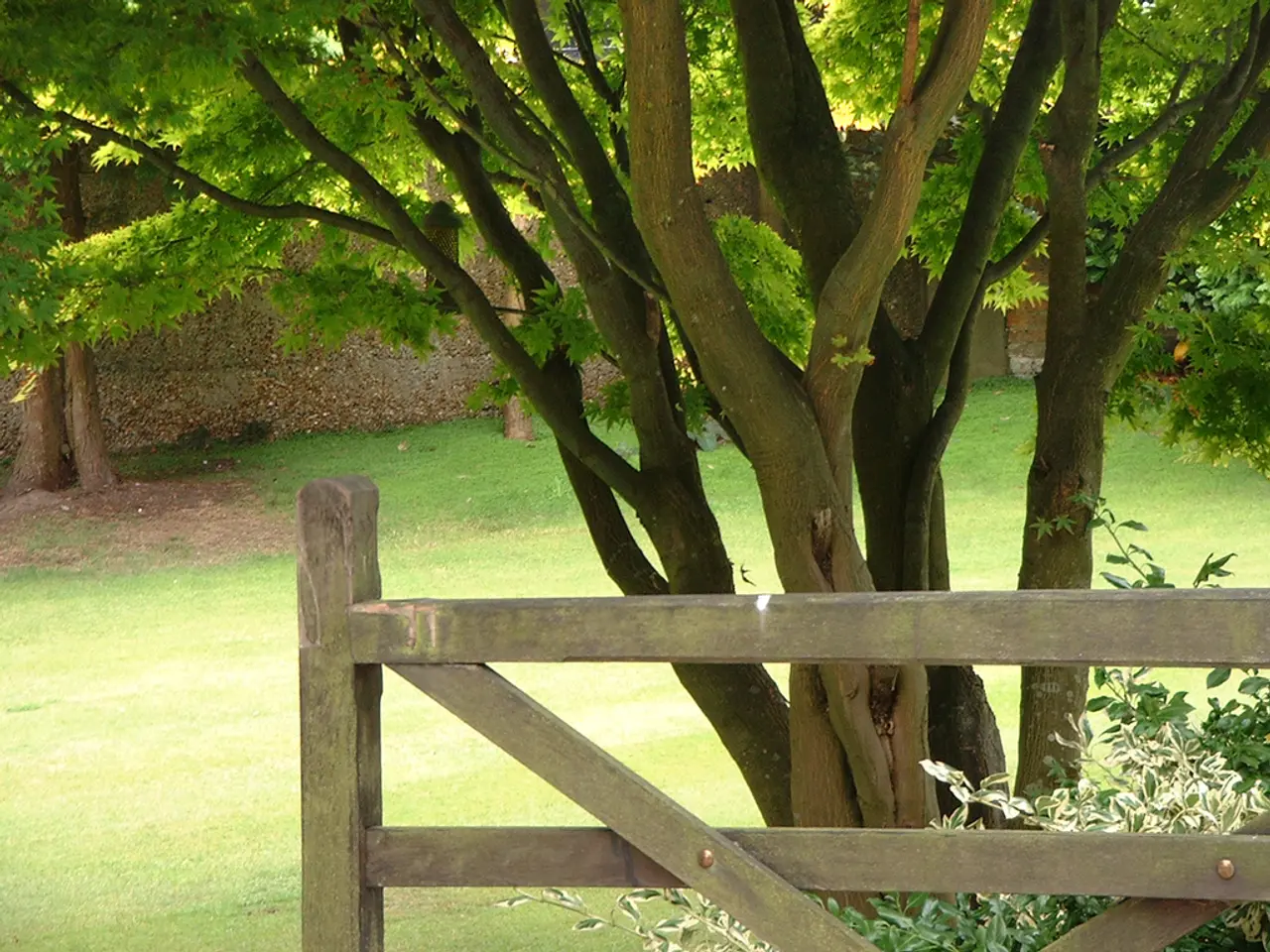Neighbor erects 2,000 stakes in the shared fence; planning to implement another clever trick.
In the realm of gardening, a living willow fence offers a sustainable, flexible, and aesthetically pleasing solution for privacy, wind protection, and garden enhancement. This article explores the creation, benefits, and care of a living willow fence.
The willow (Salix), a genus of trees and shrubs, is predominantly found in the temperate and cold regions of the Northern Hemisphere, with approximately 400 species. Known for its rapid growth, willow is an ideal choice for living fences. It is resistant to decay, does not require painting, and provides privacy all year round.
Galina Petrovna, a resident, discovered the affordability of a living willow fence when she created one from willow rods to save significantly. The willow cuttings, collected from the river, were soaked in water for three days before being planted in loose soil with a spacing of 20 centimeters. After four years, the living fence reached a height of almost 2.5 meters and turned into a dense green wall.
The process of creating a living willow fence involves several steps. First, flexible willow saplings, or whips, are harvested from fast-growing varieties known for long straight stems. These are then kept flexible by soaking them in water immediately after cutting, maintaining their pliability for weaving or shaping up to two weeks.
Next, the willow whips are planted directly into the ground in a row or pattern where the fence is to grow. It's essential to space them according to mature plant size to avoid overcrowding. The flexible willow rods can then be woven around upright stakes or allowed to root and grow naturally into a dense live barrier.
Maintaining adequate watering, especially in the early stages, is crucial to ensure the willow roots establish well and the fence thickens over time. Willow prefers moist places and often grows along rivers and bodies of water.
Strong winds sometimes break the tops of the willow living fence, but after pruning, the willow produces even denser new shoots. Regular pinching of the tops and shaping of the fence with secateurs helps maintain its size and appearance.
A living willow fence not only improves garden microclimates by reducing wind impact but also provides natural privacy without harsh materials. They may take some time to mature but are low maintenance and increasingly stronger and denser as they grow.
In conclusion, living willow fences combine the practicality of wind and privacy protection with ecological friendliness and natural beauty, making them a valuable addition to gardens and yards. The key steps involve selecting proper willow types, maintaining stem flexibility before weaving or planting, correct spacing, and ongoing watering for healthy growth.
The home-and-garden lifestyle, embracing eco-friendly solutions, can benefit from a living willow fence, as it offers a flexible, sustainable, and aesthetically pleasing option for both privacy and garden enhancement. A resident named Galina Petrovna significantly saved by creating a living willow fence from willow rods collected from a river.
The creation of a living willow fence involves harvesting flexible willow saplings, soaking them to maintain pliability for weaving, planting them in the ground, and ensuring proper watering for healthy growth. Over time, the fence thickens and produces denser new shoots, making it a valuable addition to home-and-garden lifestyles, providing not only privacy but also improving garden microclimates by reducing wind impact.





